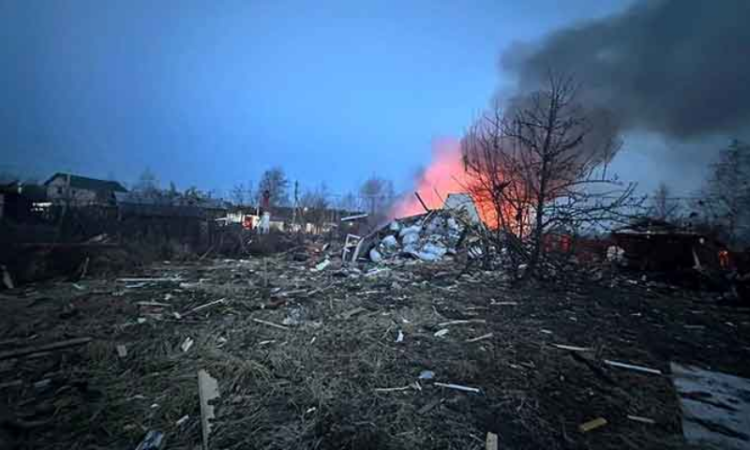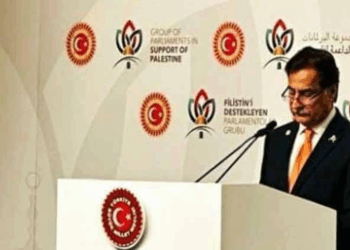Moscow, March 11, 2025: Ukraine carried out its largest-ever drone attack on Moscow, with at least 91 drones targeting the Russian capital, Russian officials reported. The attack left one person dead, three injured, and caused fires, evacuations, and flight disruptions, marking a significant escalation in the ongoing war.
Russia’s Defense Ministry stated that a total of 337 Ukrainian drones were intercepted across Russia, including 91 over the Moscow region and 126 over the Kursk region, where Ukrainian forces are currently withdrawing.
The massive dawn assault came just as a Ukrainian delegation was set to meet with U.S. officials in Saudi Arabia to explore possible grounds for peace talks in the three-year-long war. Simultaneously, Russian forces are advancing in a major offensive in Kursk, attempting to encircle thousands of Ukrainian soldiers in the western Russian region.
Moscow Mayor Sergei Sobyanin described the attack as “the most massive enemy UAV assault on Moscow,” stating that air defenses successfully repelled the attack.
Moscow Region Governor Andrei Vorobyov confirmed one fatality and three injuries, sharing images of a damaged apartment with shattered windows. He also reported evacuations in the Ramenskoye district, about 50 km southeast of the Kremlin.
Despite the scale of the attack, there was no widespread panic in Moscow, with commuters continuing their routines in the city center.
Russia’s aviation regulator suspended flights at all four of Moscow’s airports, citing safety concerns. Two additional airports, in Yaroslavl and Nizhny Novgorod, were also temporarily closed due to the attacks.
The attack comes amid a widening battlefield escalation, with Russia launching a spring offensive in Kursk while Ukraine intensifies drone strikes deep inside Russian territory. Ukrainian forces have targeted Russian oil refineries, airfields, and strategic radar stations, mirroring Russia’s repeated drone barrages on Kyiv.
Moscow has fortified itself with advanced air defense systems, including electronic countermeasures, missile defenses, and jamming technologies, designed to intercept drones before they reach the Kremlin.
The war has evolved into a fusion of World War One-style trench warfare and modern drone technology, marking the largest conflict in Europe since World War Two.
Both Russia and Ukraine have rapidly expanded drone production, adapting commercial drones into deadly precision weapons while deploying electronic warfare tactics to counter them. Soldiers on both sides fear drone strikes, as battlefield footage of attacks has become a key tool in psychological warfare and propaganda.
Russian President Vladimir Putin has condemned Ukrainian drone attacks on civilian infrastructure, including nuclear power plants, labeling them acts of terrorism and vowing retaliation.
Despite the war, Moscow—Russia’s wealthiest city—has continued to thrive, fueled by record-high defense spending, the largest since the Cold War.








